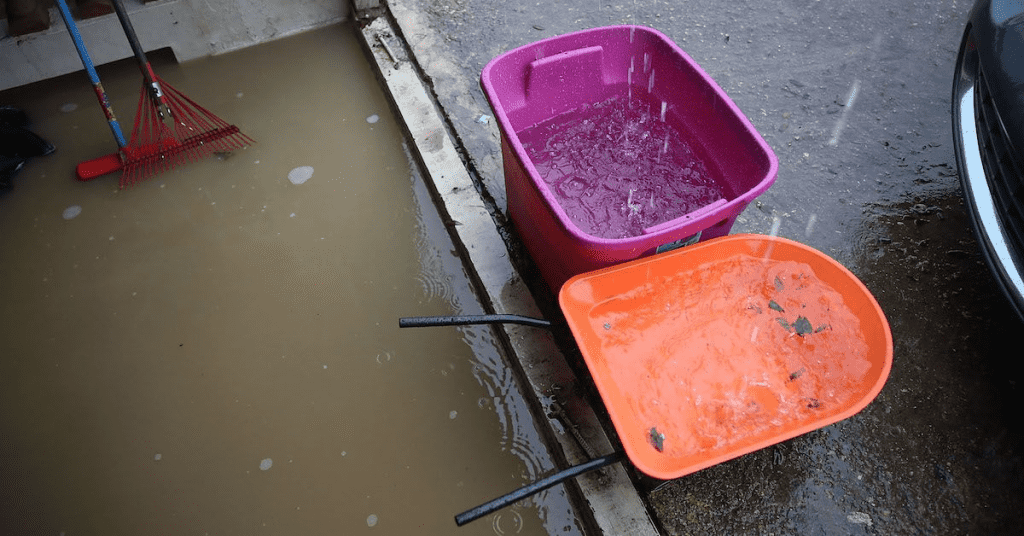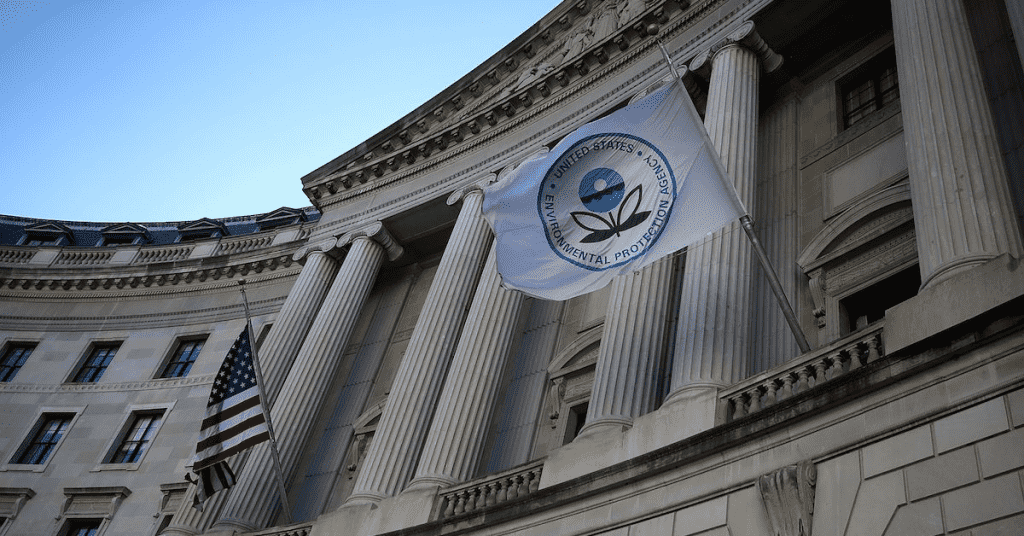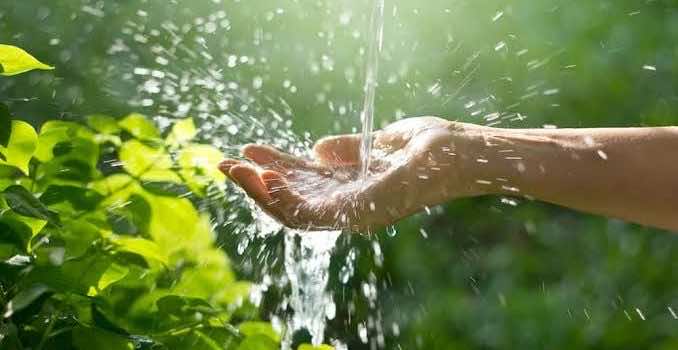Humans are polluting the environment, yet not all of our pollution is visible to the naked eye. For example, while plastic waste on the beach is visible, microplastics and “forever chemicals” have leached far without our comprehension.
PFAS, or “forever” chemicals, have become an essential topic in recent years. These chemicals can be found in everything from drinking water and the air to breast milk and food packaging. A new study has determined that not only are chemicals found in the water forever, but they are also detected in rainwater worldwide, at levels that supposedly render all rainwater undrinkable.

Researchers from Stockholm University and ETH Zurich investigated four forms of PFAS (per- and polyfluoroalkyl substances): PFOA, PFOS, PFHxS, and PFNA.
Since the 1940s, PFAS compounds have been widely used in various products and industries. As a result, hormone disruption, cancer, reproductive difficulties, and prenatal developmental issues have all been linked.
The researchers spent the last ten years examining the atmospheric presence and transportation of PFAS, utilising field and lab studies for this new study. Finally, the researchers discovered that PFAS chemicals move quickly via the atmosphere, resulting in their presence in “different global environmental media” such as rains, soils, surface waters, and snow “in even the most remote areas on Earth,” from Antarctica to the Tibetan Plateau.

According to a Green Science Policy Institute spokesperson, the researchers discovered that “rainwater everywhere is harmful to drink based on the EPA’s current health advisories.”
They discovered that PFOA and PFOS levels in rainwater “often greatly exceed” those set by the EPA, the Danish government, and the Environmental Quality Standard for Inland European Union Surface Water; additionally, this contamination has affected global soils at levels that exceed proposed Dutch guidelines.
Although PFAS in rainwater may not harm you, it will hurt many people who rely on rainwater for drinking water.
“Based on the latest U.S. guidelines for PFOA in drinking water, rainwater everywhere would be judged unsafe to drink,” stated Stockholm University’s Ian Cousins, lead author of the study.
“Although in the industrial world we don’t often drink rainwater, many people around the world expect it to be safe to drink, and it supplies many of our drinking water sources.”

“Due to the global spread of PFAS, environmental media everywhere will exceed environmental quality guidelines designed to protect human health, and we can do very little to reduce the PFAS contamination,” added Professor Martin Scheringer, a co-author of the study.
“In other words, it makes sense to define a planetary boundary specifically for PFAS and, as we conclude in the paper, this boundary has now been exceeded.”
Scheringer thinks there isn’t much we can do to lessen the pollution of PFAS in the natural environment. Although we might be unable to eradicate PFAS from the environment and rains completely, we can prevent businesses from developing and utilising new PFAS compounds. However, this is only possible if governments take action and set stricter regulations on toxic substances.


